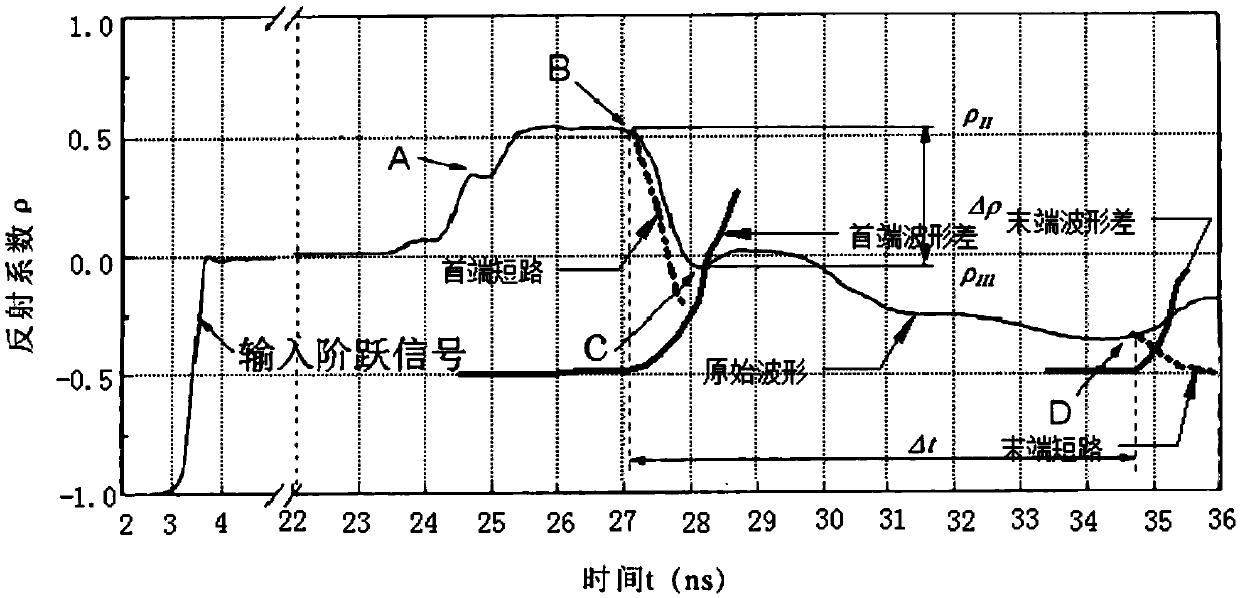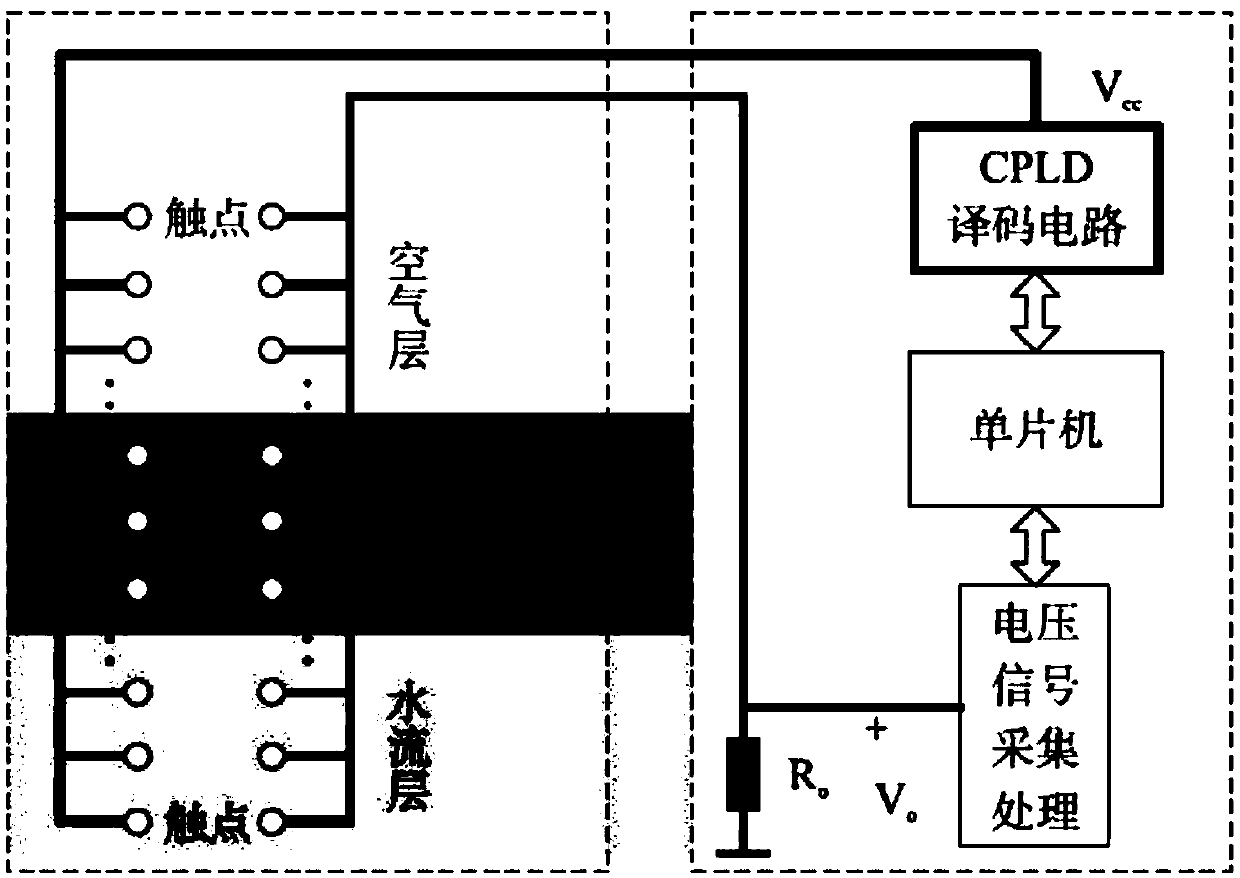Sensor for measuring ice layer thickness
A technology of ice layer thickness and sensor, which is applied in the field of sensors, can solve the problems of difficult installation, measurement error, and inability to measure ice thickness, etc., and achieves the effects of low price, easy production, and avoiding ice layer damage or loose contact
- Summary
- Abstract
- Description
- Claims
- Application Information
AI Technical Summary
Problems solved by technology
Method used
Image
Examples
Embodiment Construction
[0047] In order to make the purpose, technical solutions and advantages of the present invention clearer, the following technical solutions in the present invention are clearly and completely described. Obviously, the described embodiments are some embodiments of the present invention, rather than all embodiments. Based on the embodiments of the present invention, all other embodiments obtained by persons of ordinary skill in the art without creative efforts fall within the protection scope of the present invention.
[0048] Such as Figure 1-5 Shown, a kind of in-situ measuring sensor of ice layer thickness of the present invention comprises
[0049] Stainless steel sleeve 1, one end is 1cm away from the top, and a single side opening 7 with a width of 0.5cm is opened to allow air to enter, which not only reduces the pressure to facilitate drilling, but also forms an ice-air interface;
[0050] The stainless steel probe 2 is installed in the center of the stainless steel sle...
PUM
 Login to View More
Login to View More Abstract
Description
Claims
Application Information
 Login to View More
Login to View More - R&D
- Intellectual Property
- Life Sciences
- Materials
- Tech Scout
- Unparalleled Data Quality
- Higher Quality Content
- 60% Fewer Hallucinations
Browse by: Latest US Patents, China's latest patents, Technical Efficacy Thesaurus, Application Domain, Technology Topic, Popular Technical Reports.
© 2025 PatSnap. All rights reserved.Legal|Privacy policy|Modern Slavery Act Transparency Statement|Sitemap|About US| Contact US: help@patsnap.com



